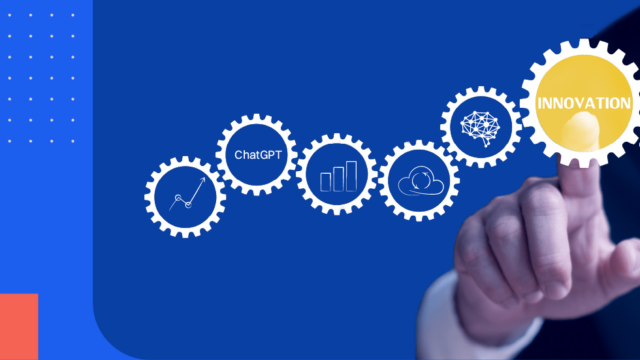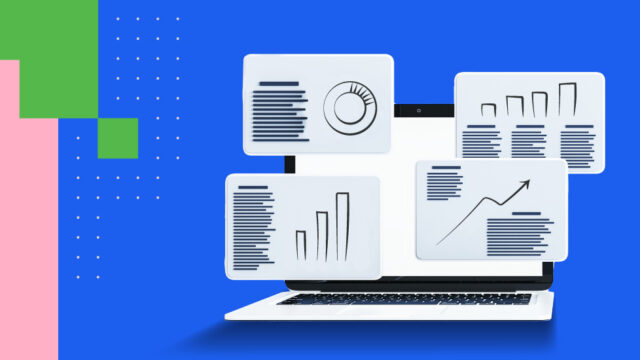
How Analytics Delivers a More Complete Picture
Understand the different types of analytics and how they help auditors and accountants.
Accountants and auditors today have access to mountains of data. This growing volume of information from diverse sources, known as big data, is too large and complex to be managed by traditional methods such as spreadsheets.
But many big data and analytics solutions have recently become available, designed to give businesses and governments new and deeper insights into their financials, processes and customers. Research firm IDC projected worldwide spending on big data and analytics solutions to reach US$215.7 billion by the end of 2021, with a compound annual growth rate of 12.8 percent until 2025.
Data analytics gives accountants and auditors a more complete picture of organizations by allowing them to process all transactions, rather than just a sample set, and quickly discover exceptions.

Many professionals already recognize the advantages analytics solutions can bring to the table. A recent survey from the Institute of Internal Auditors, an international advocacy association for the profession, asked respondents how they would spend an unexpected budget increase. The second-highest result, after adding more staff, was technology. Of those respondents who selected technology, 68 percent said they would spend their extra budget on data analytics software.
Similarly, Caseware’s 2023 State of Accounting Firms Trends Report found just six percent of respondents said they were using no analytics in their practice. Seventy percent use analytics regularly with 42 percent describing it as integral to their operations.
Analytics defined
Analytics is the study of raw data to draw conclusions based on that information. In accounting, there are four basic types of analytics accountants and auditors may encounter:
- Descriptive analytics: This is the analytics type used most commonly in accounting and auditing. It describes what is happening and involves the categorization and classification of information. For example, accountants commonly report on the flow of money through their organizations, looking at revenue and expenses, inventory accounts and sales tax collected. A descriptive analysis might examine year-over-year revenue growth, inventory-on-hand increases or decreases, or monthly sales figures. Descriptive analytics are important for accountants because compiling and verifying large amounts of data is key to accurate financial reporting.
- Diagnostic analytics: These analytics answer the question of why something happened. Diagnostic analytics monitor changes in data. For example, if their company reported higher-than-expected quarterly sales, accountants could examine the sales data closely to discover if the increase was driven by specific products, services or customers. Diagnostic analytics are a key component of building accurate forecasts based on historical data.
- Predictive analytics: This analytics type allows accountants and auditors to determine what is going to happen. From a budgeting and planning perspective, predictive analytics are critical. Accountants need them to build accurate forecasts, which allow them to act as trusted advisors to CEOs and boards. For instance, predictive analytics could be used to assess where a company’s resources could be used most productively, helping the firm increase profit margins.
- Prescriptive analytics: These analytics help organizations determine what should happen. They allow accountants and auditors to discover the best options available to achieve a desired outcome. For example, a company might want to lower the collection periods for its accounts receivables. Prescriptive analytics could be used to look at historical data and identify strategies the company could implement to get customers to pay faster.
More data means more accurate results
Accountants and auditors have traditionally relied on sampling and spreadsheets to analyze data sets. Sampling allows accountants to draw conclusions, based on partial data sets, and to detect errors or fraud. Because sampling deals with partial, rather than complete, data sets, it saves time.
However, sampling isn’t ideal because it only looks at some of the available data. Auditors and accountants may reach incorrect conclusions because they haven’t examined all the data, or they may miss some exceptions because the transactions weren’t included in the sample.
Analytics solutions can automate processes and examine complete data sets in significantly less time than it would take an auditor or accountant to examine the information manually. This allows organizations to look at all their data from multiple sources and every transaction, painting a complete financial picture that results in more accurate predictions and catches every anomaly.
The artificial intelligence (AI) and machine learning (ML) capabilities included in data analytics solutions can also tailor data analyses to offer granular results and flag areas of concern that require further examination.
To learn more about how analytics can boost your team’s efficiency while improving the quality of their work, download our whitepaper, Your Guide to Using Analytics Software in Audit and Accounting.








